We had to be up at 5:30 a.m. in order to catch our shuttle to the airport. Director Zhou and Feng Xin were waiting for us in the lobby and the back half of our shuttle was already loaded up with luggage. We were on the road soon after to make our 9 a.m. flight to Beijing. Director Zhou bid us a fond farewell at the airport and then we got our tickets, checked our bags and made our way through airport security.
This first leg of our trip was uneventful and when we arrived in Beijing and collected our baggage, we met Jaclyn, one of our Bohua hosts, who led us to a second floor restaurant for our last meal in China. One of the dishes was a whole cooked fish, with head and tail intact (we’d had many whole fish during dinners on our trip), and, as Dr. Lu explained, that’s a dish traditionally served at an important meal to symbolize a good beginning and a good end. What a perfect dish to cap off our culinary experience in the country!
We said our goodbyes to Jaclyn, Dr. Lu and Huidi, who were staying an additional week for vacation and time with friends (though they were planning to continue work on recruiting for us–they had a meeting lined up with several potential students that very evening). And then it was on to our half-day flight from Beijing to Newark. We scored a few last-minute treats at the duty free shop and tried to charge up our electronic devices as much as possible before our flight was called. Lucky us–we got seats near the back of the middle section of our Boeing 777, so, technically, there was no one behind us we needed to worry about. So we settled down to movies, snacks and napping as our plane cruised in a northern arc past Russia, the Arctic, and back down toward the eastern seaboard. There is no denying it’s a long, hard flight, but most of us did catch a few winks and all of us were grateful that we only had one more flight left to go.
Or at least that’s what we thought at the time. It’s highly possible that an extremely long rant was drafted for what comes next, but to be kind to readers, here is an attempt to present it briefly: Long line at Customs. Long line at baggage claim. What? Tram to next terminal broken? Shuttle bus instead?? Let’s go through security again! Flight delayed. Only one restaurant in the terminal. Flight delayed again. Why is the terminal freezing cold? Flight delayed again. Can you believe we’re 28 hours into our travel day? Flight canceled. Reroute includes two stops. Oh, Newark! Hotel or sleep in the airport? Hotel it is!
Up at 5 a.m. Farewell, President Schott (who had to catch a flight to D.C. for another conference). Let’s go through security again! What? We have to check our carry-ons at the gate? Flight to Montreal. One hour to make connecting flight. Terminal’s at the other end of the airport. Where are our carry-ons? Impatient waiting. Finally delivered. Up the ramp and out the doors. Wait, doors are locked. Doors are locked!! Get an airline official. Clear! Head to Customs again. Let’s go through security again! On to our gate! Wait, why are there flashing lights? Why is a big metal barricade blocking our way?? A fire drill?!? You MUST be kidding us. Go outside. Line up against the wall. Wait. Wait some more. All clear. Barricade gone. RUN to terminal! RUN TO GATE! No one in the waiting area. Oh no. RUN FASTER! What? They waited for us because they saw us running? Running paid off! THANK YOU! Fly to Quebec City. Collect bags checked in Beijing. No bags. Really?? They never left Newark. Oh, Newark! Back to the car. 5.5 hour drive back to Presque Isle. So tired! Rest stop at Tim Horton’s before we hit the border. Bathrooms out of order. OK, Subway is next door. Bathrooms out of order. Weird! Gas station is next door. Bathrooms out of order. Water main is off due to road construction. This is just cruel!
The good news is, that was the last bit of craziness that befell us on our (we counted) 48-hour travel experience from Xi’an to Presque Isle. We made it back safe and sound and while we had so many wonderful memories from our trip, we were just so glad to get back to our own homes, our own beds, and our families.
EPILOGUE
It cannot be stated enough that this was an amazing trip. We accomplished so much in terms of strengthening relationships with our Chinese educational partners and looking at new partnerships with other Chinese universities. It was so important for us to meet these officials in person, have sit-down conversations with them, and see first-hand the facilities they offer their students and would offer ours should they travel there in the future. We are extremely pleased with the connections we made with potential students and look forward to seeing a strong cohort of Chinese students join us this fall. We were so glad to meet with parents in person and set their minds at ease that their sons and daughters would be in good hands.
It was also an amazing trip in terms of the sights we were able to see and the cuisine we were able to enjoy. Getting to walk through the Forbidden City, climb the Great Wall and visit the Terra Cotta Warriors were rare treats. Savoring the many different meals and dishes we were served on our trip, having the opportunity to take part in traditional Chinese-style dining, and being the guests of such good hosts, are experiences that will stay with us.
There is so much history and tradition there. So much life happening half a world away. And to be a part of it for a little while, to experience it all first hand… well, that just might be the unexpected but delightful takeaway from the trip. We thought we were working, and sightseeing on the side. But what we were really doing was understanding Chinese culture on a much deeper level than just reading about it or hearing about it from others, and, in so doing, being better able to understand our Chinese partners. And being better able to host the Chinese students who come to UMPI in the future. Maybe there will be a greater focus on Chinese cuisine in the cafeteria. Maybe there will be a shift in how we host our visitors. Maybe. And, if there is, it’s because our delegation experienced it, brought that knowledge back home, and incorporated it here.
And isn’t that what really makes a trip like this amazing?

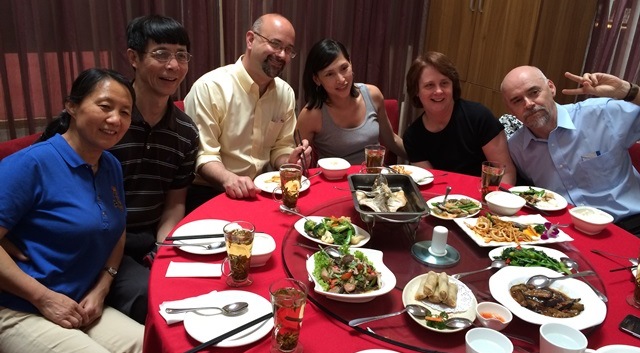


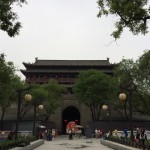
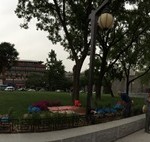
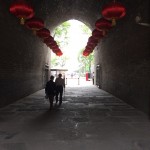
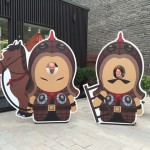
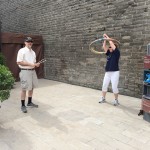
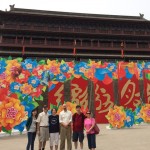
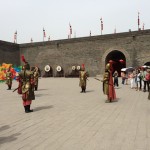
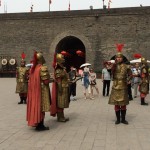
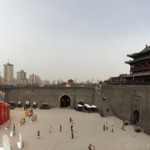
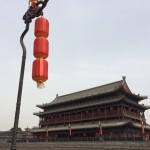
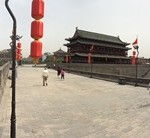
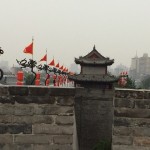

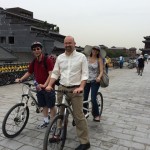
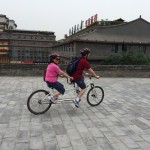
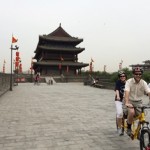
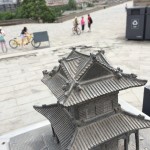

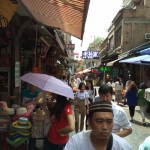
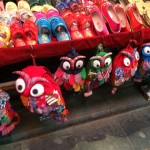
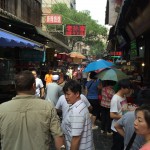
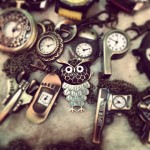
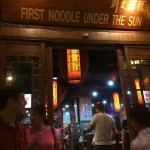
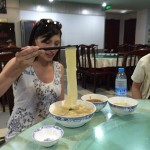
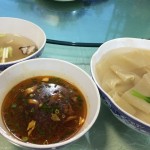
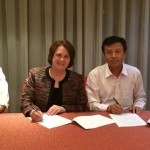
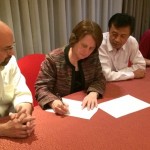
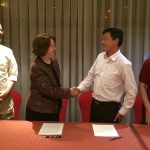
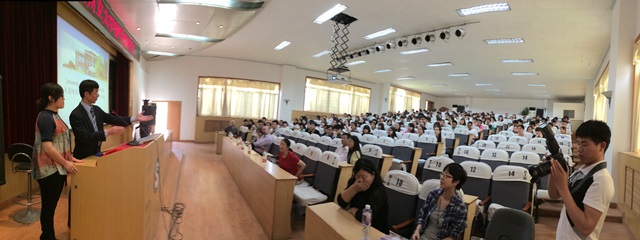
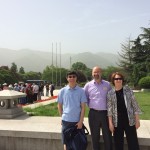
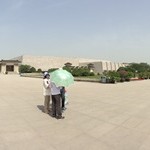
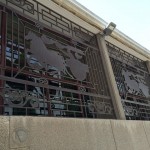


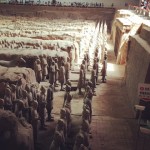
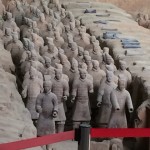
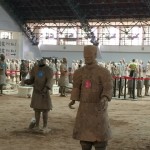
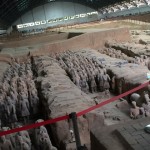
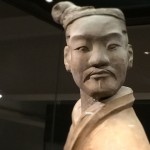
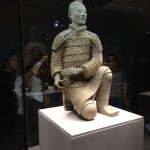




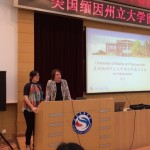
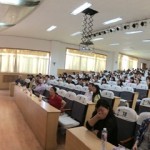
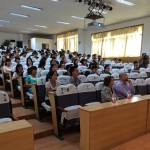
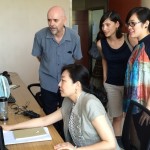
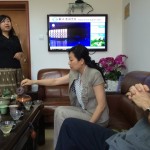
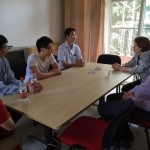
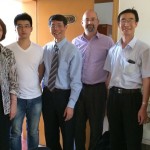

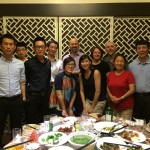
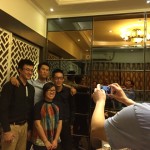
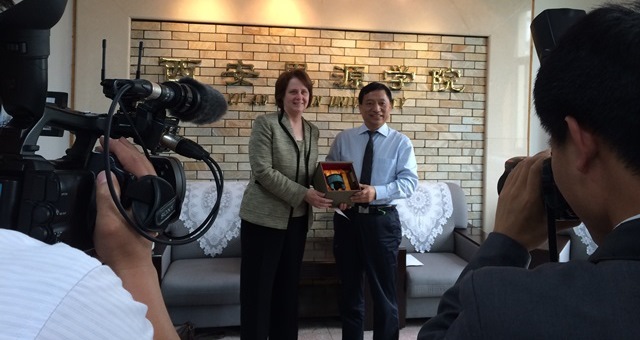
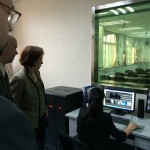
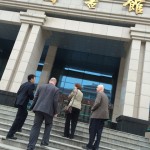
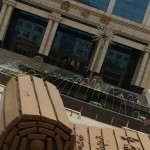
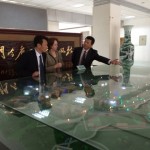
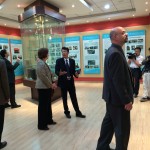
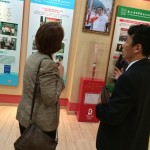
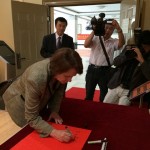
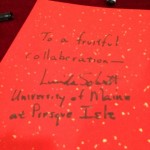
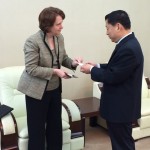

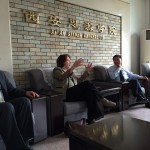
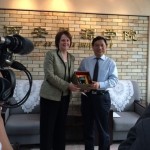
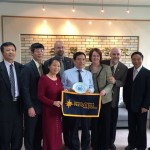

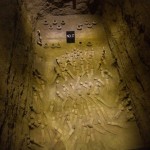
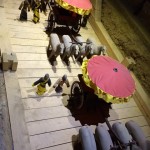
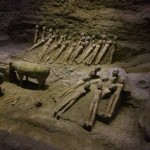
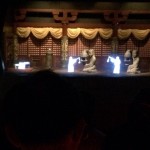

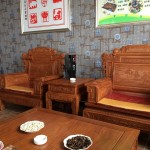
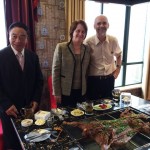
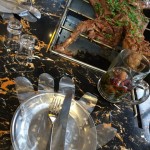
 Using our chopsticks, we dipped mushrooms, cabbage, bok choy, chicken liver and ramen into the broth, cooked it to our preference and then ate it in small bowls of the broth mixed with sesame paste and coriander. The only disappointing thing was that we were too full to enjoy very much of it.
Using our chopsticks, we dipped mushrooms, cabbage, bok choy, chicken liver and ramen into the broth, cooked it to our preference and then ate it in small bowls of the broth mixed with sesame paste and coriander. The only disappointing thing was that we were too full to enjoy very much of it.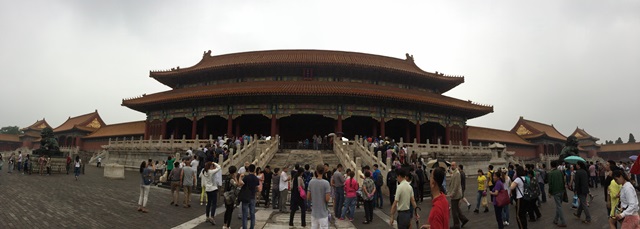

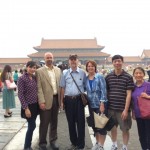
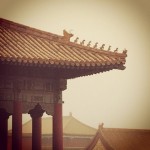
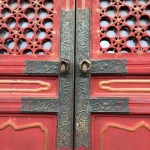
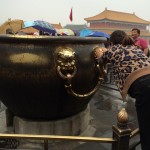
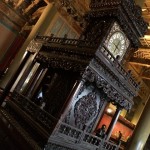
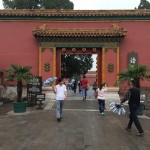
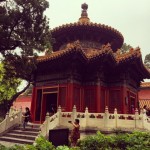
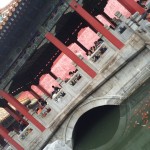
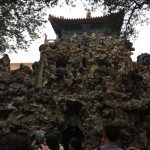
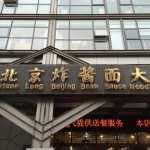
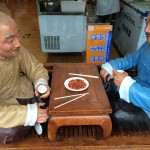
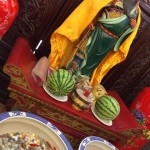
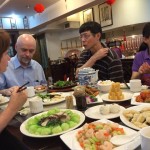

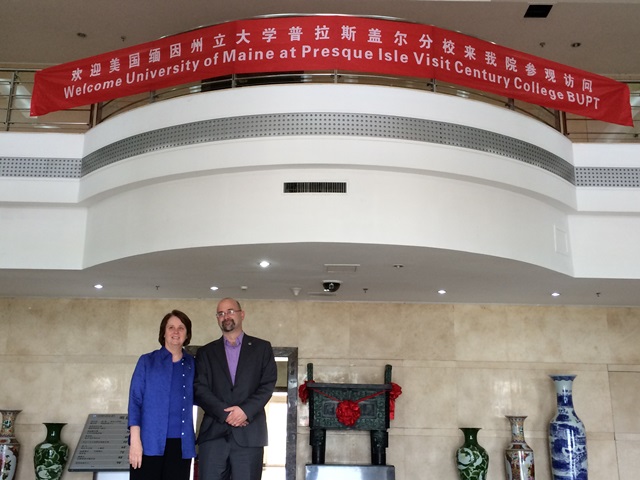
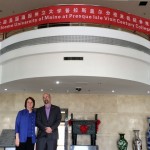
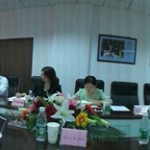
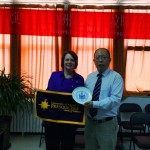
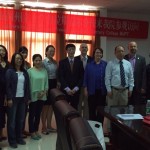
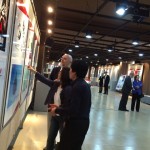
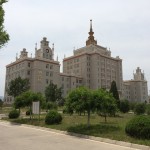
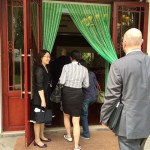
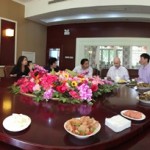
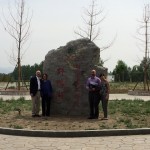
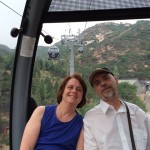
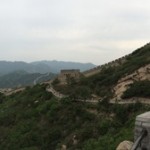
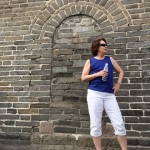
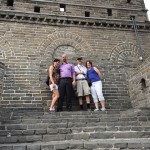
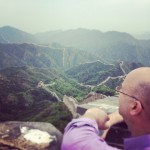
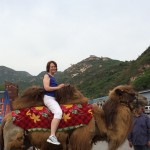
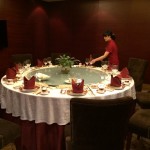
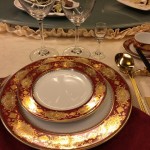
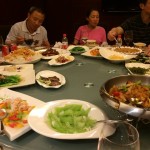


 And then we had an opportunity to give a presentation about UMPI to several Chinese high school students connected with Phoenix who are considering attending our campus. Great interviews with the students and it’s safe to say we loved the matching shirts two of them wore as much as they loved the chocolate bunnies Huidu Lu gave them as small gifts from the U.S. “Oh, so cute!” they exclaimed upon receiving them.
And then we had an opportunity to give a presentation about UMPI to several Chinese high school students connected with Phoenix who are considering attending our campus. Great interviews with the students and it’s safe to say we loved the matching shirts two of them wore as much as they loved the chocolate bunnies Huidu Lu gave them as small gifts from the U.S. “Oh, so cute!” they exclaimed upon receiving them.
 The adventure of the afternoon? Beihai Park–a beautiful, tranquil spot that was once an imperial garden and is now open to the public.
The adventure of the afternoon? Beihai Park–a beautiful, tranquil spot that was once an imperial garden and is now open to the public. 



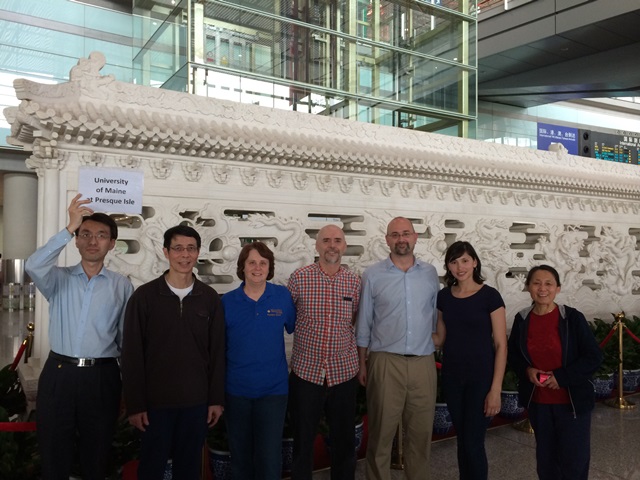

 Our big day of travel started at 3:30 a.m. with a trip to the airport. Bad sign that our shuttle was half an hour late? We REALLY hoped not! Uneventful flights to Montreal and Chicago. Our walk through the airport took us past several sights (a restored plane here, a giant dinosaur skeleton there), and it was perfectly fitting that President Schott managed to find the one snowy owl in the place!
Our big day of travel started at 3:30 a.m. with a trip to the airport. Bad sign that our shuttle was half an hour late? We REALLY hoped not! Uneventful flights to Montreal and Chicago. Our walk through the airport took us past several sights (a restored plane here, a giant dinosaur skeleton there), and it was perfectly fitting that President Schott managed to find the one snowy owl in the place!
 One last thing on our agenda for the day–a visit with a Chinese high school student who is planning to attend UMPI in the fall. He and his parents took the high speed train from their home to Beijing (a 3 hour trip that used to be more like 8 before the new train) in order to meet us. We had a lovely visit and are looking forward to welcoming our new student in the fall!
One last thing on our agenda for the day–a visit with a Chinese high school student who is planning to attend UMPI in the fall. He and his parents took the high speed train from their home to Beijing (a 3 hour trip that used to be more like 8 before the new train) in order to meet us. We had a lovely visit and are looking forward to welcoming our new student in the fall!